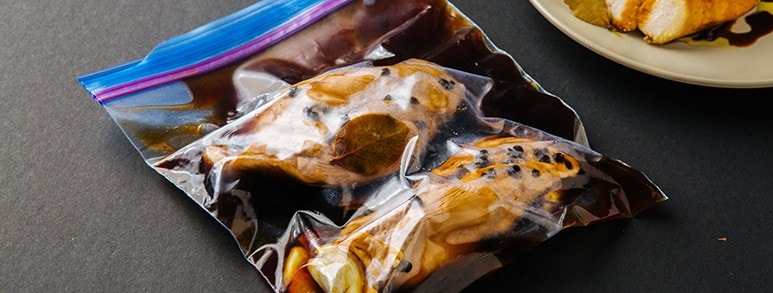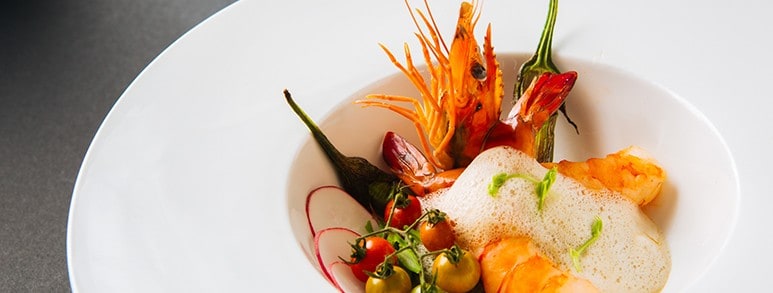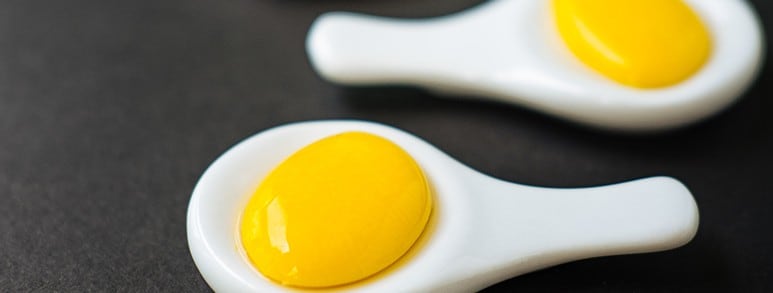Reinventing Filipino Food with Modern Cooking Techniques
Use these three modern cooking techniques to reinvent and update classic Filipino dishes!
There is nothing like the taste of home to have one feeling warm and nostalgic. The home-cooked dishes one grew up with are tied to formative memories that secure their place in the hearts of people everywhere and provide a sense of comfort in the familiar. But that doesn’t mean that our traditional food has to remain the same forever to avoid cries of sacrilege. Cuisine, after all, is both art and science. It develops through time as cooking methods are updated, with the aim for an improved end result.
Here are new food prep techniques that can revitalise Filipino food:

1. Sous-vide
More than just a buzzword, sous-vide is a careful cooking method that ensures consistency and tenderness in cooked meats (though it also can be used for a number of other things, including eggs, sauces and vegetables). A sturdy investment in a sous-vide machine is well-worth its multitude of uses and can be a lot of fun to experiment with. The essential process requires vacuum sealing the item to be cooked in a plastic bag so that it retains all its moisture, then cooking it in a low-heat bath for several hours and possibly overnight. In Filipino cooking, it is ideal for adobo, which is often slow-cooked with tougher cuts of meat, to ensure a soft but not overly sharp meat base. It also works wonderfully with kaldereta, which typically uses notoriously gamey kambing or goat meat.

2. Foams
Foams add a textural experience to consuming liquids. Coarse foams can be achieved through whipping in order to introduce and trap air within the liquid structures, making it one of the easier gastronomical methods to apply. You can use a milk frother, whisk or mixer, playing around with the varying results based on the substances you’re working with. Stabilisers like soy lecithin and xantham gum allow the foams to hold. We suggest giving it a whirl with sinigang to highlight its signature tartness.

3. Spheres
A technique made famous by Fernan Adria of el Bulli (fun fact: it was invented by food scientist William Peschardt, then working for Unilever), spherification offers a concentrated flavour experience wherein a liquid holds a spherical shape with a thin gel-like membrane; the result of the outer membrane popping to reveal the inside liquid is often surprising and memorable to diners trying a sphere dish for the first time.
A sphere is formed by using two parts: the inside liquid as a flavour base (which is commonly mixed with sodium alginate), and the setting bath (a combination of water and a calcium salt, that allows the gel membrane to form when the calcium interacts with the alginate). It may take only a few minutes for the membrane to set, after which you may scoop out the sphere with a spoon, gentle rinse to remove the flavour of the setting bath, and serve. This takes some practice as the gelling process of the membrane is sensitive to pH balance. Different methods (such as reverse spherification) may be called to use depending on the ingredients.
Try these modern cooking techniques on classic Pinoy dishes today – and discover great new flavours you and your diners are going to love!
Back to FUNLASANG PINOY
Related Articles
What you'll get:
- Access to free Chef trainings
- The best recipes and tips from Chefs around the world
- The latest culinary trends